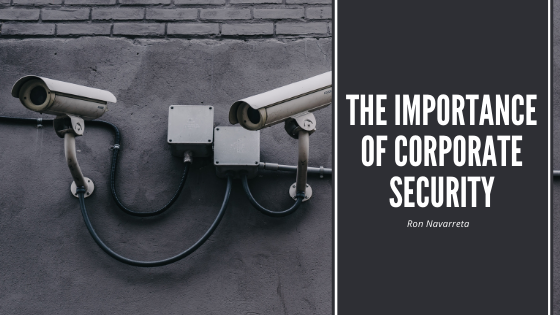The need for a robust corporate security plan has been increasing every year – alongside the advent of new technologies and thus new threats. Businesses have always had reason to want to protect their property and their employees. But now, they must also deal with a less physical threat – one that requires protection from all sides.
Corporate security is a broad term that covers the identification and implementation of all forms of corporate protection. This includes physical, legal, and digital security measures and response plans.
Branches of Corporate Security
Given all that it must handle, it shouldn’t be surprising to hear that there are several branches of corporate security. Each one has its own specialty and requirements.
- Business Continuity Planning
- Compliance and Ethics Programs
- Corporate Governance
- Crime Detection
- Crime Prevention
- Crisis Management
- Environment, safety, and health
- Fraud Deterrence
- Information Security
- Investigations
- Personnel Security
- Physical Security
- Risk Assessment
Protecting Company Assets
By its very definition, corporate security is designed to protect company assets. That is to say: it covers everything that makes the company successful, from the people to the products and services.
However, that isn’t quite the whole picture either. Corporate security has to protect everything that goes unseen – especially the vital information that keeps a business running. For example, a company that constantly falls to hackers will quickly lose favor with the public, especially when they fail to protect customer information.
Physical Versus Virtual Threats
Sometimes the asset that is under protection is a building or a product. Other times it is a new piece of software, which puts it at higher risk from digital attacks and other forms of assault.
That isn’t the only complication to security, as the weakest part of any system are the people maintaining it. That is to say, the employees. Not all employees are out to steal from a company (though this is something that corporate security must also cover). Sometimes all it takes is one slip – letting an unauthorized person into a secure location, for example.
For this reason, corporate security also pertains to the proper monitoring and training of all personnel. Through this training, employees can help prevent both physical and virtual threats to the company.

